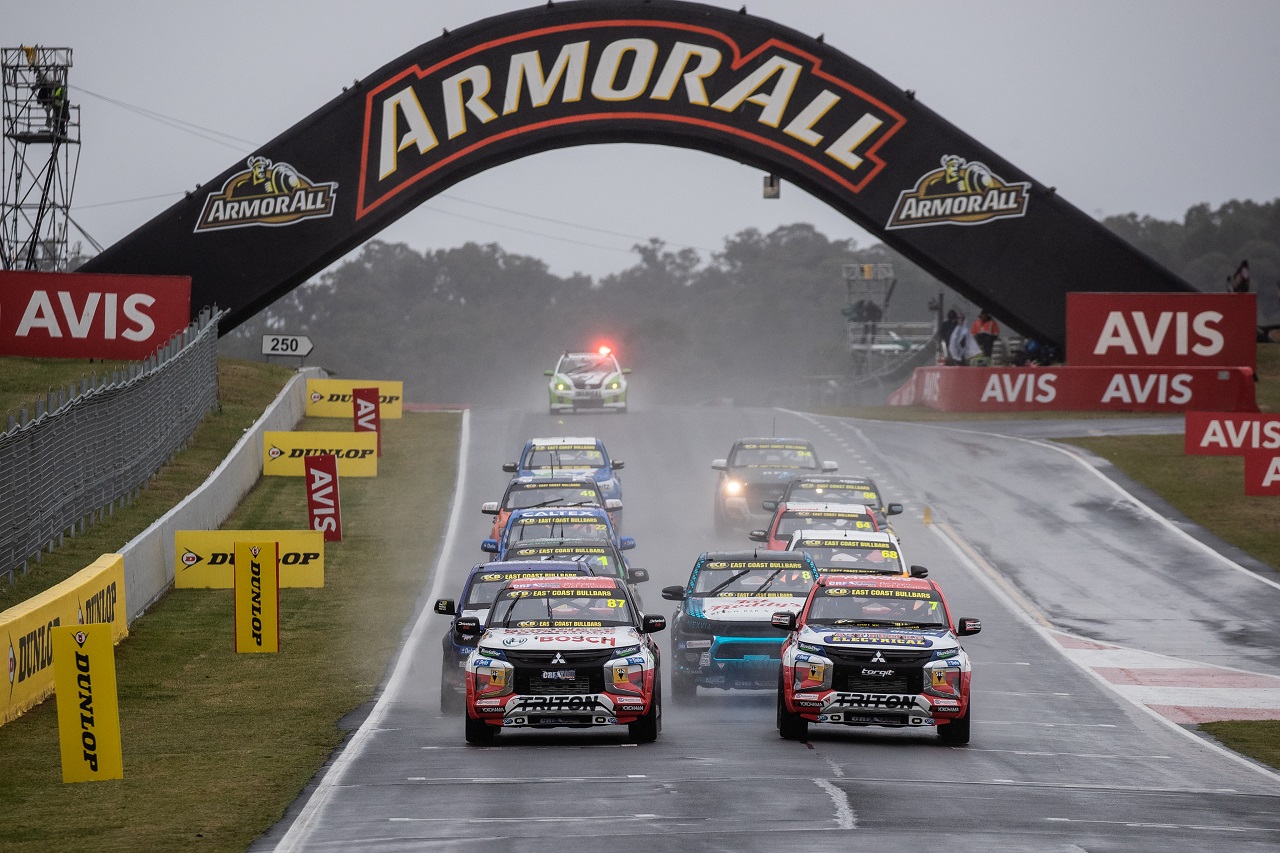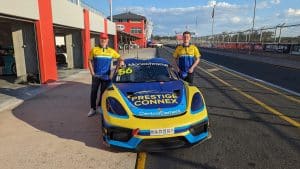Last weekend’s Newcastle 500 marked the final round of the turbo-diesel era for the SuperUtes, before the category ushers in a new, V8-powered formula for the 2020 season.
There’s no doubt the last couple of years for the series have been – to put it diplomatically – polarising. To see what I mean, just read the comment threads on any social media posts where SuperUtes are the topic.
It’s fair to say the turbo-diesel motors in the SuperUtes didn’t exactly enjoy overwhelming popularity, delivering neither the top-end performance nor the aural sensation to excite competitors or spectators. They also proved to be rather fragile when subjected to the stresses of circuit racing, as demonstrated by the frequent failures of items such as turbo hoses.
The low-end power delivery characteristics also made the SuperUtes susceptible to breaking other components, such as axles, and the overall development and maintenance exercise was a costly one.
With all this in mind, it would be easy to judge the turbo-diesel SuperUtes era as a dismal failure. Dig a little deeper though, and there are some redeeming features.
When the SuperUte formula was first introduced in 2018, one of the biggest challenges was equalising the performance between the different diesel engines used throughout the field – everything from the 2.4 Litre four-cylinder in the Mitsubishi Triton, all the way up to the 3.2L 5 cylinder in the Mazda BT50 and Ford Ranger.
Trying to achieve parity with not just power outputs, but power delivery characteristics, was a massive undertaking, and sparked some technological innovations that will have ongoing applications for the wider automotive industry.
One such innovation was developed by Australian engine management and data acquisition system manufacturer MoTeC, who utilised the opportunity to work with the SuperUtes technical team to create a product that facilitated easier and more cost-effective tuning of diesel engines.
The technology is not new – after all, diesel powerplants have been successful in elite international motorsport such as the World Endurance Championship – but MoTeC was successful in developing a system that could be made commercially available for mainstream consumers, at an affordable price point.
The SuperUtes category provided a practical environment for MoTeC to identify the specific requirements for precise tuning of diesel engines, and the diversity of manufacturers also allowed the innovative company to develop a method of reverse-engineering each vehicle’s individual “language” so the MoTeC ECU could plug in and work correctly.
The upshot is that, thanks to SuperUtes, an Australian company has been able to package technology that was previously out of reach to the average consumer, into a product that can benefit recreational and industrial consumers.
In an era where motorsport has deviated further and further away from its traditional role of being a breeding ground for innovations that propagate through the wider automotive industry, this is a significant achievement. It may not be fully appreciated by the wider public, but it’s an important legacy that will be left behind by the turbo-diesel era of SuperUtes.
Another fact that can’t be ignored is that SuperUtes has been a category that has introduced new businesses into the domain of motorsport sponsorship, and has effectively engaged those sponsors. A case in point is the EFS 4×4 Accessories brand, which came on board Ryal Harris’ Mazda BT-50 SuperUte at the start of the 2018 season, and derived enough value from its motorsport activities that it expanded its program to include Harris’ Touring Car Masters campaign in 2019.
Since the recent announcement of the introduction of V8 engines in 2020 (which will substantially reduce costs while increasing performance levels and delivering the aural sensation enjoyed by spectators), paddock chat suggests an increased level of interest from new competitors aiming to be on the grid next season.
We all know that more cars on track generally results in a better show, and a product that’s more likely to be embraced by spectators. Add the sound and performance of V8 motors to vehicles that have wide relevance in the automotive marketplace, and the ingredients are falling into place for SuperUtes to succeed in 2020 and beyond.




